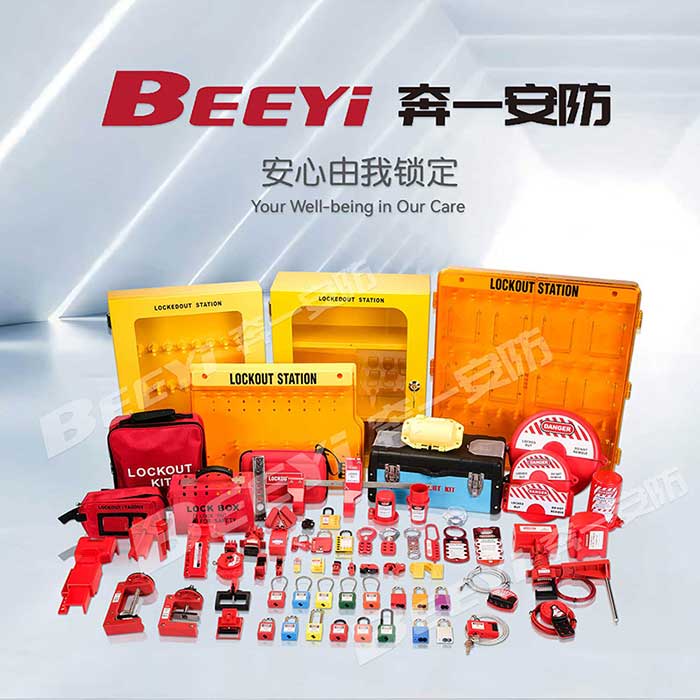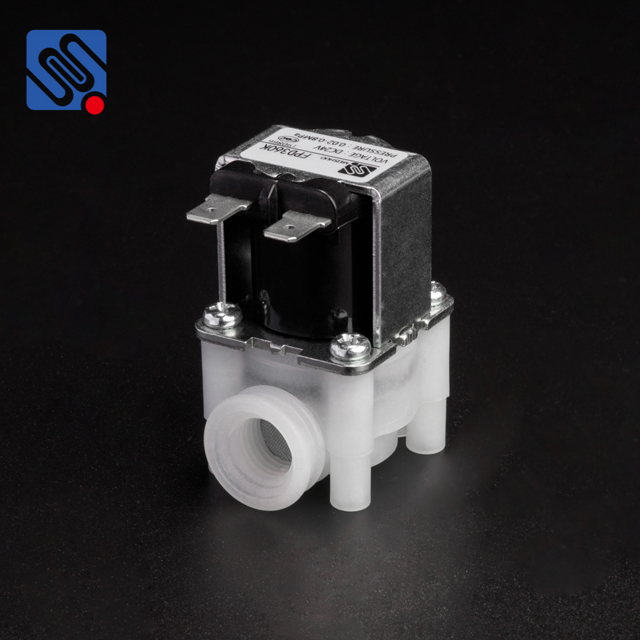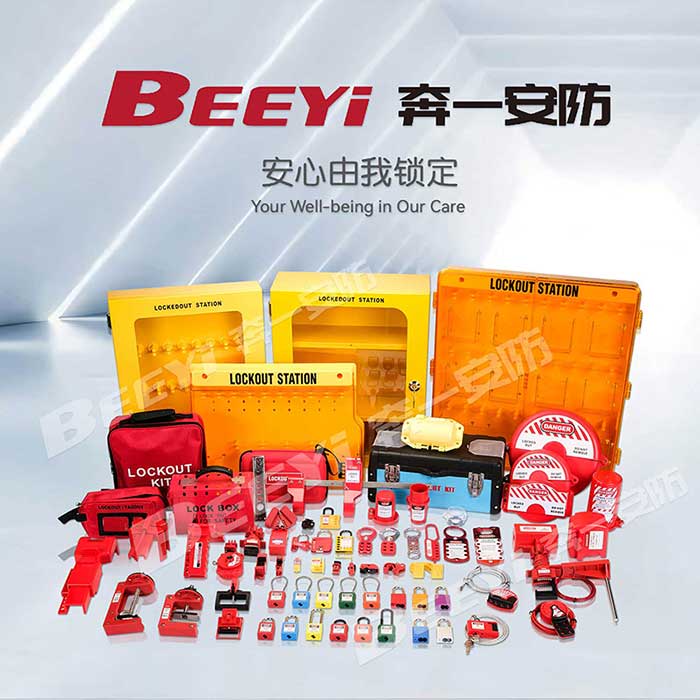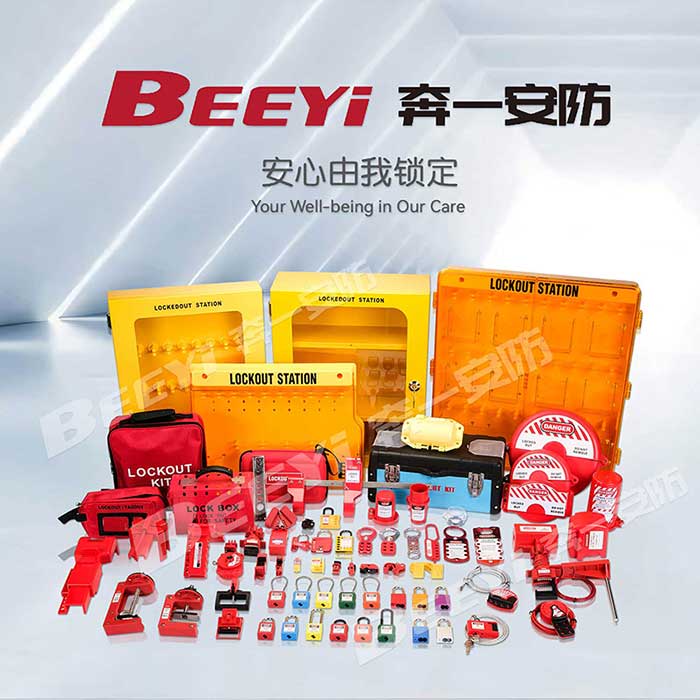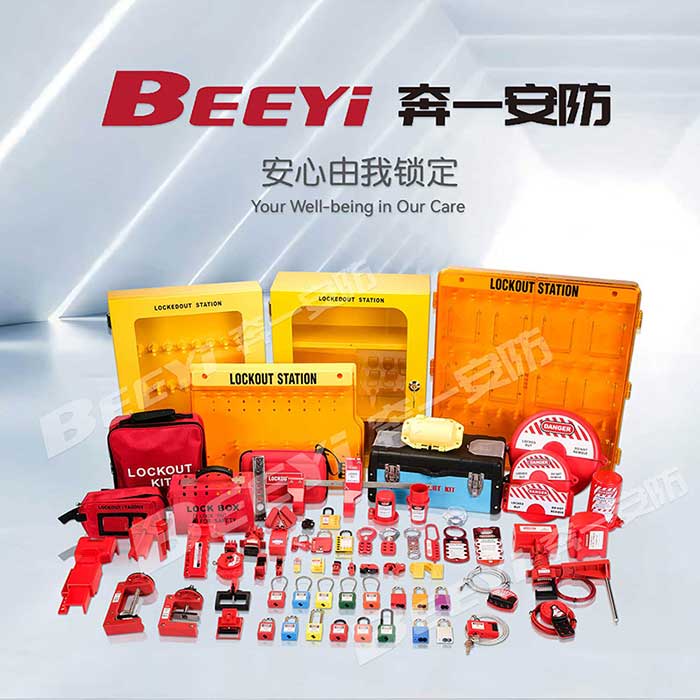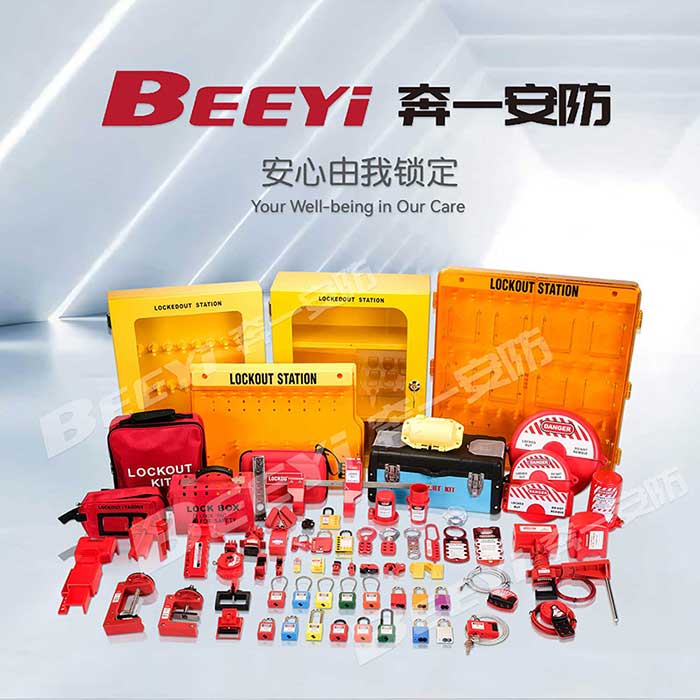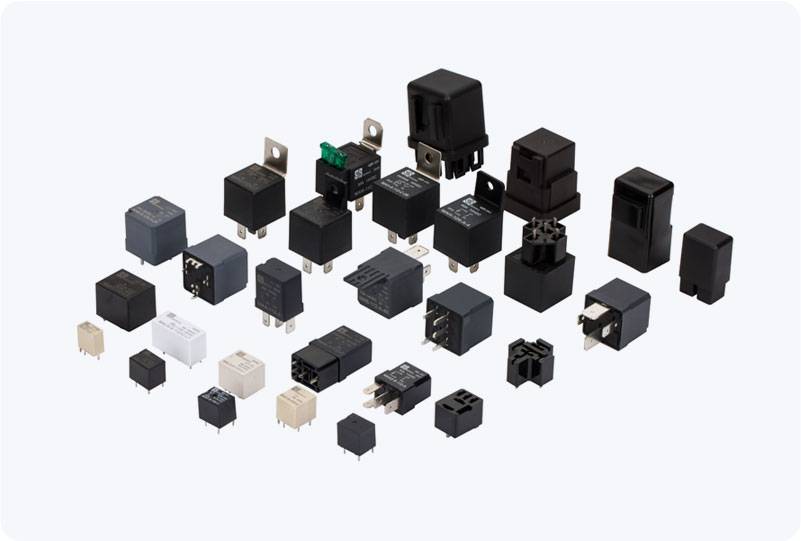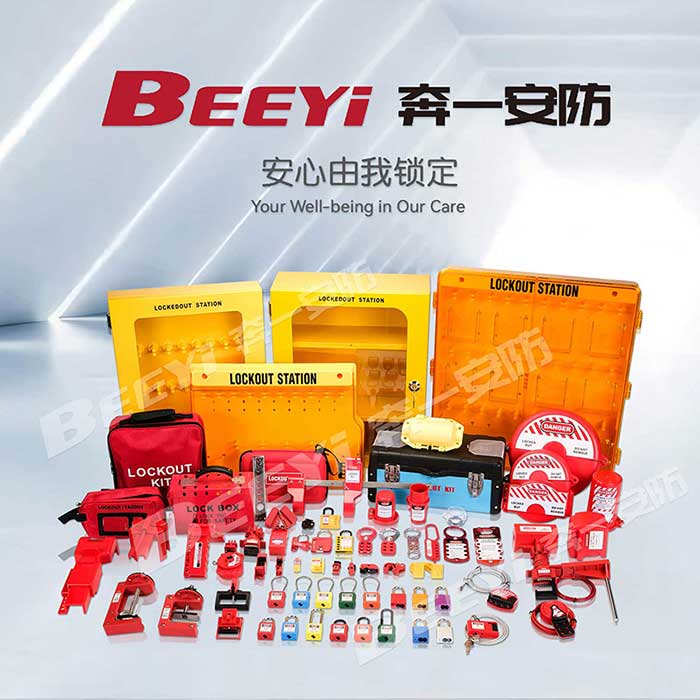Relays are fundamental components that play a crucial role in controlling electrical circuits across a wide range of applications. A relay functions as an electrically operated switch that allows a low-power signal to control a high-power circuit. Relays are versatile and are widely used in various industries, from automotive to telecommunications, industrial automation, and renewable energy systems. In this article, we will explore the diverse Relay application areas and highlight their importance in modern technology.
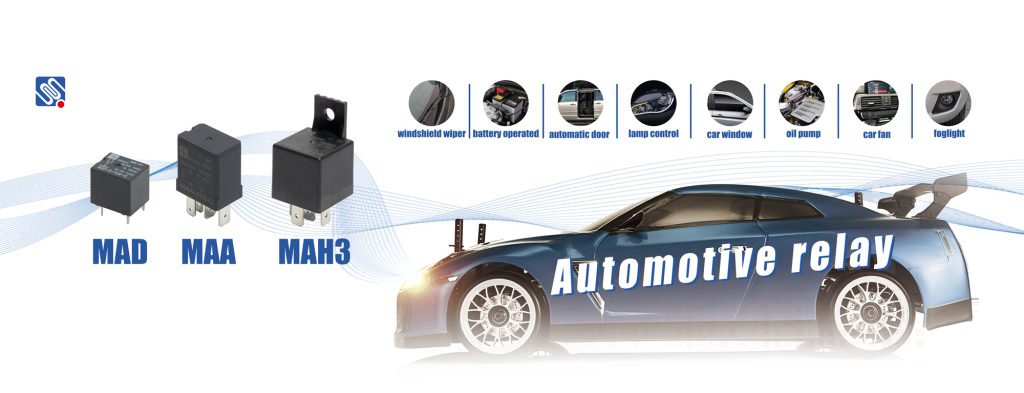
1. Automotive Industry In the automotive sector, relays are used extensively for controlling various electrical components. They allow vehicle control systems to manage functions such as starting the engine, operating windows, activating lights, and managing air conditioning systems. In modern vehicles, relays also play a vital role in enhancing safety features, including airbag deployment and crash sensors. The compact and reliable nature of relays makes them an essential component in automotive design, ensuring that high-power circuits can be switched using low-power signals from control systems.
